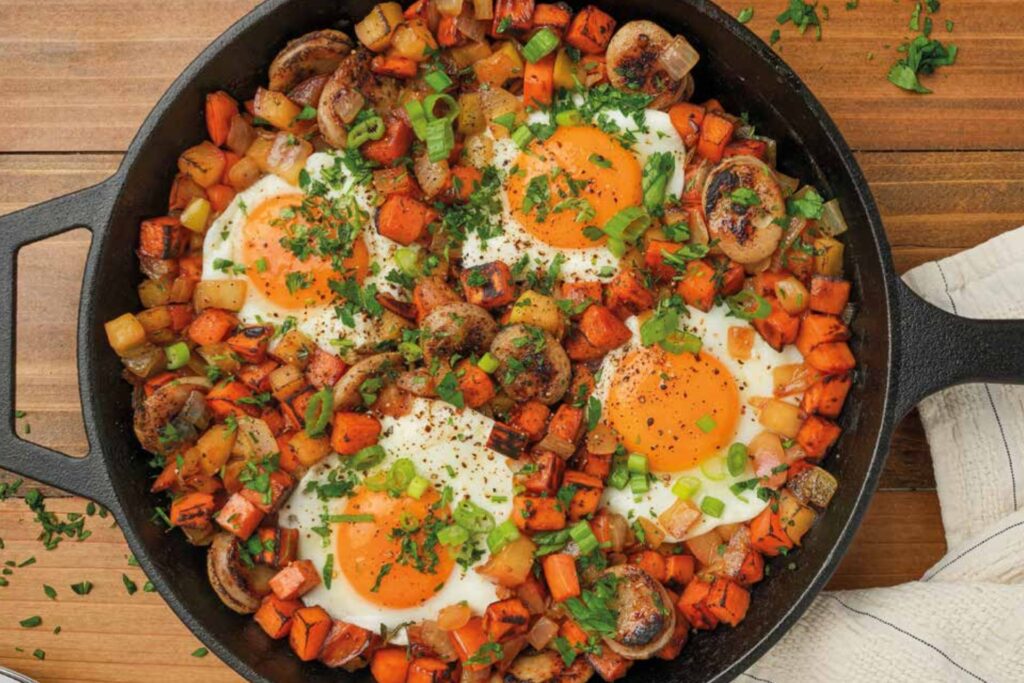The late, great food writer Laurie Colwin once pointed out, it’s not just the Great Works of mankind that make a culture, it’s the daily things, like what people eat and how they serve it.

Europeans seem to have everyday food culture down pat, perhaps because they have a lengthier history from which to draw. Home cooks are as celebrated as TV chefs, families gather for weekend meals without having to be told it’s a good idea, obesity rates are low despite a seemingly endless consumption of bread, cheese and wine, and children dine on warm bowls of risotto in their school lunchrooms.
Our idyllic image of Italian cuisine draws us across the ocean to sample. Yes, the landscape is stunning, the history, art and architecture equally so. But mostly, Canadians go to experience the food culture. We gush about the bread, pasta, locally cured meats, intense cappuccinos and beautiful wines, about eating gelato in the morning because in Italy, that’s what you do. We envy their relaxed attitude toward food, their unabashed acceptance of daily indulgences and their unparalleled ability to consistently make the time to gather around the dinner table, without feeling pressured to pull off the perfect dinner or call for takeout.
This spring, I was lucky enough to spend a week in Parma, halfway between Florence and Milan in the valley of the river Po. There, the average home cook is as likely to scoop semolina fl our into a pile on the counter, make a well in the top and crack in an egg or two to mix up fresh pasta dough on a weeknight, as we are to pick up a roasted chicken from the deli on the way home. (Although it should be noted that Italians rely on dried pasta as much as we do – they’re just better at cooking and saucing it properly.)
Parma is ground zero when it comes to the production of proper prosciutto and Parmigiano Reggiano – it’s rare to have a meal without chunks from one of the massive wheels of cheese, alongside platters of thinly sliced prosciutto di Parma or its cousin, culatello, which hangs in cellars for a year. It relies on the humidity of the nearby river Po to develop the noble molds that are essential to the curing process. Craftsmanship trumps convenience.
As we made our way from Milan to Parma, the most noticeable difference was the lack of big box stores, chain restaurants and grocery superstores – the machine that takes the pressure of food prep off our hands. Instead, bakeries, butcher shops and streetside produce markets were easy to come by. Food primarily came from home; even the small trattorias that lined the cobbled streets were independently owned, and felt like extensions of the owner’s kitchen. Here, mothers give teething babies rinds of Parmigiano to gnaw on, and prosciutto is considered one of the best first foods to introduce, having essentially been predigested during the curing process. In nearby Modena, makers of aceto balsamico tradizionale, made out of pure grape must and aged a minimum of 12 years, put up barrels of balsamic vinegar for their newborn daughters (and these days for their sons as well) to take with them when they set up their first homes.
There are few countries for which food, and by extension the home kitchen, plays such an important role in the national identity.
I envy those born into such a strong collective custom, but I also appreciate that our diverse Canadian community allows us to draw on outside influences to create our own food identities; the fact that I married a Ukrainian shouldn’t stop me from spending Sunday afternoons with a house full of people, a pot of tomato sauce bubbling on the stove, and kids busying themselves assembling meatballs, kneading pizza dough, or rolling and cutting fresh pasta. After all, it’s what you surround yourself with from day to day that cultivates a healthy food identity.
Originally published in ParentsCanada magazine, November 2014.










